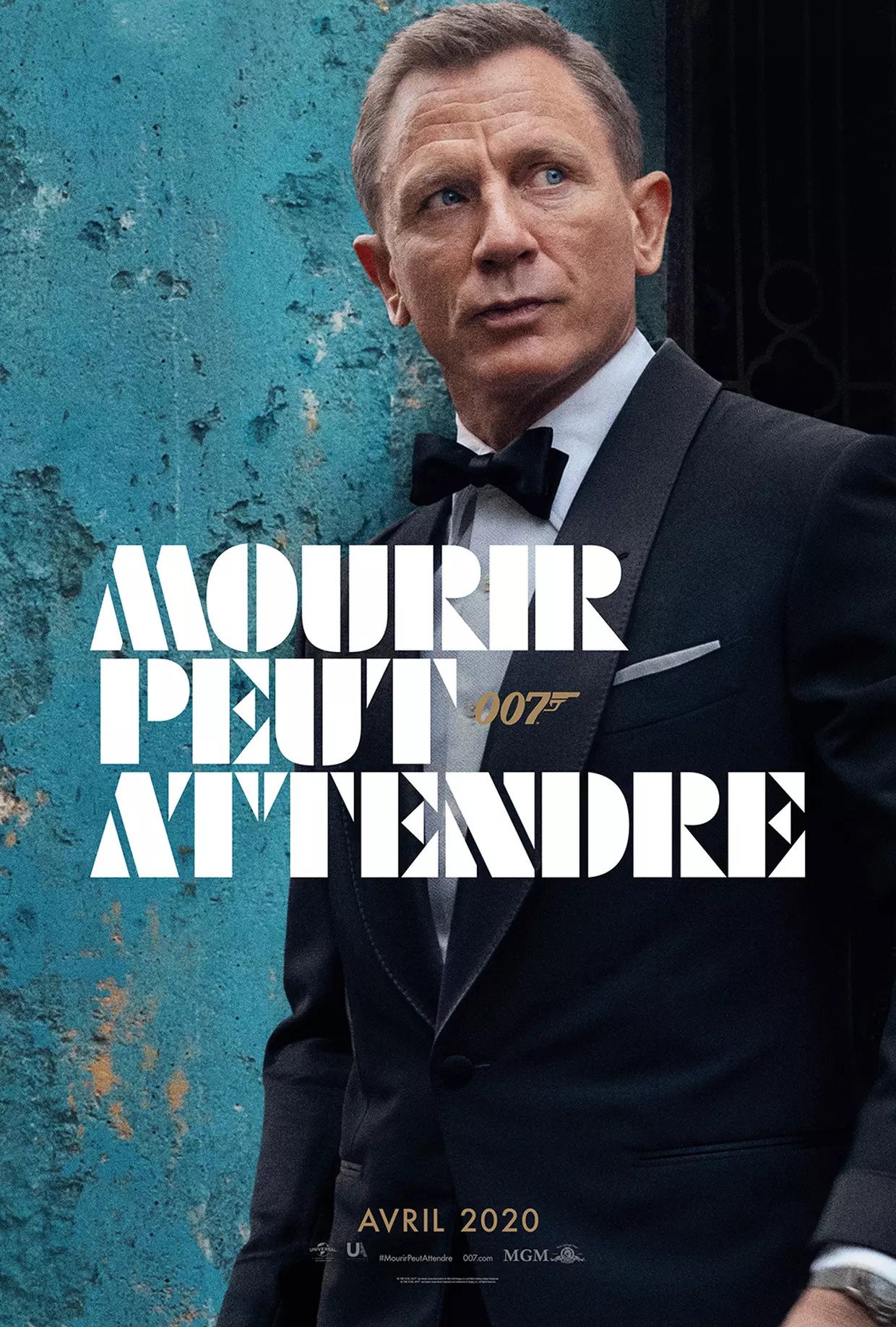Huge Daddy Film Review
Huge Daddy Film Review
Blog Article
In the following series of short articles of we will impart the hard-won understanding that we have acquired as successful independent digital filmmakers. And (drumroll puh-leaze!) we will do this for FREE!

If you resemble the majority of Americans, you would much rather pay cents on the dollar for an education that prepares you for the movie market labor force in one to 2 years. If this sounds more tasty to you and your wallet then you wish to consider the numerous wonderful certificate and AA film programs readily available.
Landscape Photography is a two-stage procedure. The very first stage includes tape-recording an image on movie or in a digital format - i.e. taking the photograph. The second, phase is to transfer that image from the unfavorable onto paper or into a computer.
Boost your home's privacy. We all worth our privacy and with the addition of window film to your house you can rest guaranteed that your privacy will remain completely in tact. Maybe you have a window facing the street or the next door next-door neighbors home. Possibly a restroom window or glass shower door could use the addition of a movie to keep spying eyes away. Whatever the case, you may want to look into frosted window film. This is an opaque movie that will allow the sun's light to bathe the space yet keep any on-lookers from peering into your home. Frosted window movie adds class and sophistication to any window and keeps you from having to permanently draw the blinds.
Editing. For post modifying, digital is simple to do as there are a great deal of image editors out there produced editing photos. You can edit the pictures as lot of times as you desire as long as you maintain the raw file. Just in case you make mistakes, it will be simple to do it all over again. In film however depends on during taking pictures. You can not modify the image throughout printing due to the fact that the majority of laboratories utilize default settings, unless you have your own darkroom and do the editing there.
Throughout the 1980s, movies were transferred onto VHS creative development tapes. Today though, a movie to video transfer includes digital tape - rather of VHS and video tapes - it's now miniDV tape. There are numerous film transfer techniques with transfer services readily available. Many specialists will move movie to video using the Elmo and Goko device. However, the most popular and newer technique is the work printer maker transfer with high-definition optics.
After production is finished, it is then time for post-production. This consists of editing the film. Depending on your ability with modifying, either have an expert edit your movie, or edit the movie yourself. I extremely recommend to have someone with an editing background to be present with you throughout modifying regardless, to work as an advisor.
Now back to the sheet film which is all but obsolete today. It is thick and flat so that it can slide into light proof holders. This became the favorite of professionals and severe art professional photographers in early 1900's and on to the 1950's when movie and lens innovation started to make these troublesome formats, some as big as 11x14 inches and even larger, somewhat obsolete and now they are virtually gone other than for a couple of crazed fanatics.
Report this page